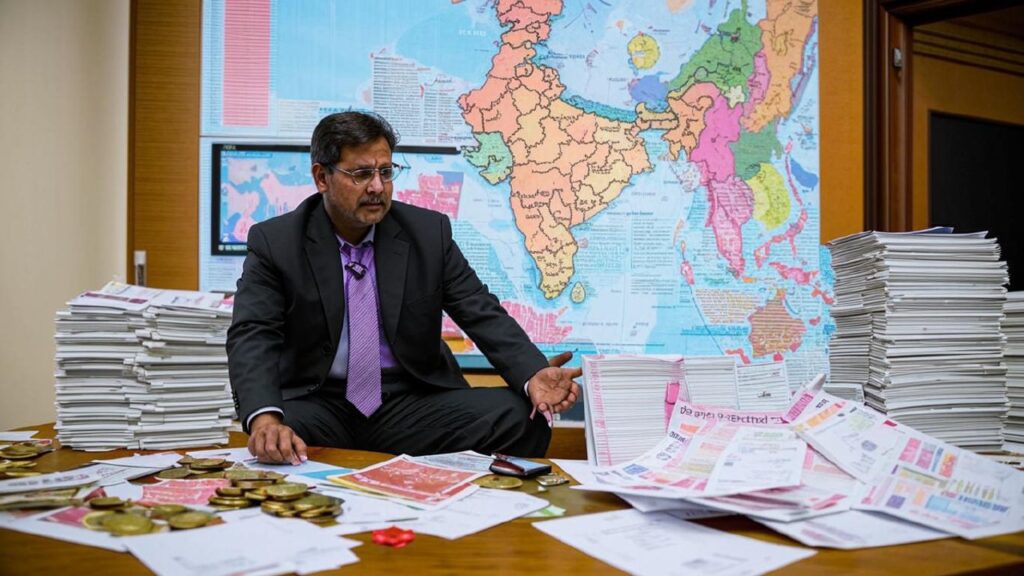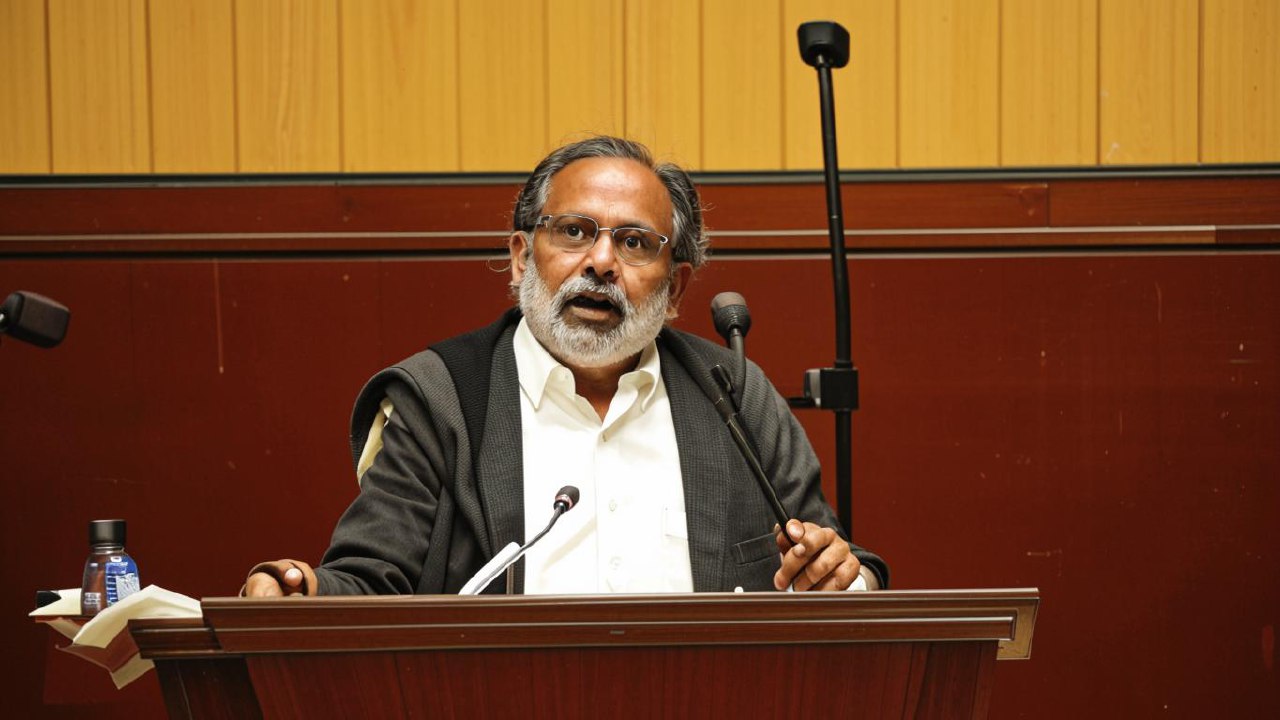India’s economic landscape presents a puzzling picture. On the surface, the country boasts impressive Gross Domestic Product (GDP) growth. However, a closer look reveals a troubling disconnect – household savings are at a five-decade low, private consumption is sluggish, and rural distress persists. This situation raises critical questions about the sustainability of India’s economic trajectory.
Savings Slump and Rising Debt
Data from the Reserve Bank of India paints a stark picture. Household net financial savings as a percentage of GDP plummeted to 5.3% in fiscal year 2023, the lowest in nearly five decades. This sharp decline comes despite a period of significant GDP growth. The government’s explanation – a shift in consumer preferences towards different financial products – seems inadequate in the face of such a dramatic drop.
Meanwhile, access to credit has surged, particularly in the form of short-term loans accessed through credit cards. This easy access to credit, coupled with stagnant wage growth, has fueled a trend of “leveraged consumption.” While consumption may see a temporary boost, economists warn that this trend is likely unsustainable in the long run.
Consumption Conundrum
The disconnect between GDP growth and private consumption is a major cause for concern. Private final consumption expenditure, a key indicator of household spending, grew at a meager 3% in FY24, significantly lower than the projected GDP growth of 7.6%. This anomaly is further highlighted by Pronab Sen, former Chief Statistician of India, who points out the historically close correlation between GDP and consumption growth. The current divergence suggests a deeper issue at play.
Experts believe that tepid consumption growth discourages private sector investment. Businesses are hesitant to invest in new capacities when consumer demand remains subdued. This creates a vicious cycle, hindering both job creation and overall economic growth.
Rural Distress and Jobless Growth

The issue is further compounded by the plight of rural India. FMCG companies report consistently lower rural wage rates over the past decade. High inflation, erratic monsoon seasons, and rising food prices have added to the stress faced by the rural population. The increased demand for work under the MGNREGA program, a rural employment guarantee scheme, further underscores the shortage of high-quality job opportunities.
While the government has acknowledged the challenges, the Chief Economic Advisor clarified that the government cannot be solely responsible for solving all social and economic problems like unemployment. This stance, however, raises concerns about the lack of a concrete plan to address rural distress and stimulate job creation.
Investment Enigma
The puzzle deepens when we consider investment, another crucial engine of economic growth. Both government and private sector investments have been consistently declining over the past few decades. This decline in investment directly impacts job creation, further hindering economic progress. The recent data highlighting a significant drop in government investment projects only exacerbates the situation.
Looking Ahead: A Call for Action

The Indian economy stands at a crossroads. While the government maintains optimism about maintaining the growth trajectory, the disconnect between GDP and consumption presents a significant challenge. Addressing the issues of low savings, stagnant wages, and rural distress is crucial to fuel sustainable economic growth. The government needs to implement policies that encourage household savings, promote job creation, and incentivize private sector investment. Only by tackling these fundamental issues can India bridge the gap between headline numbers and the reality on the ground.
